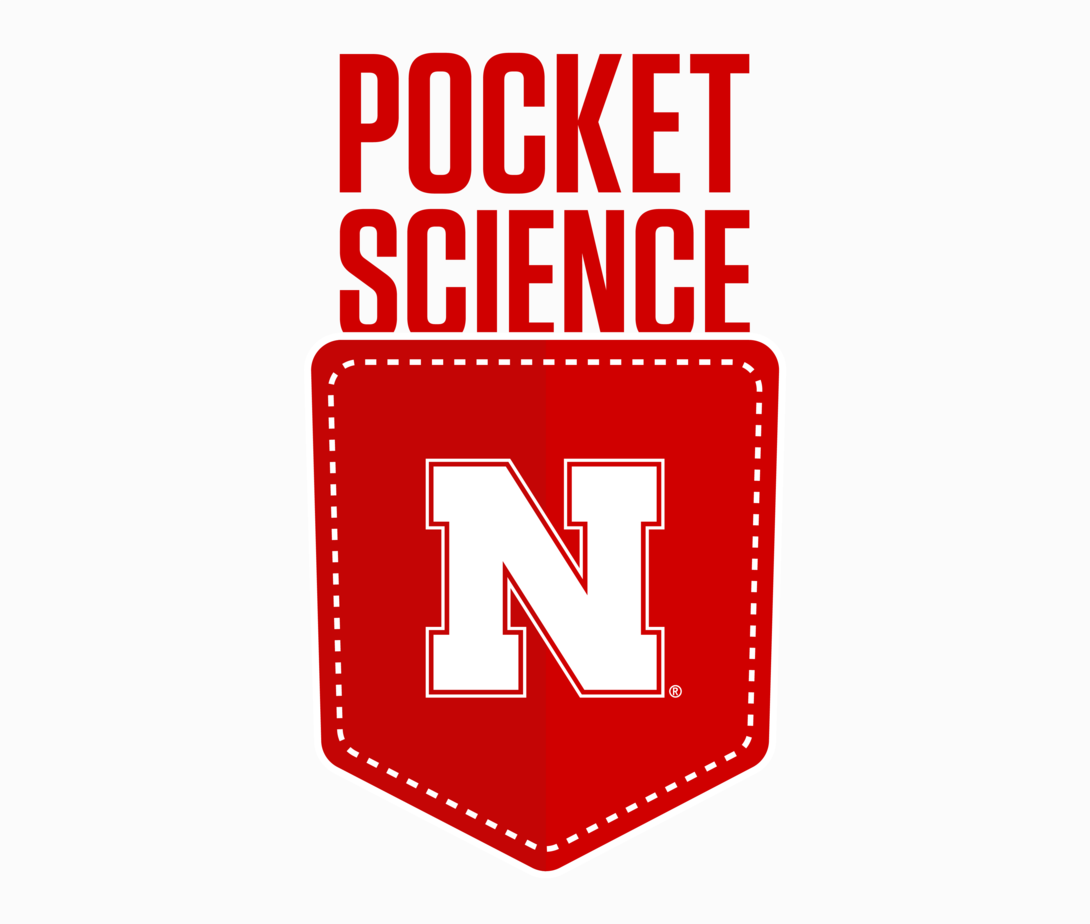
Welcome to Pocket Science: a glimpse at recent research from Husker scientists and engineers. For those who want to quickly learn the “What,” “So what” and “Now what” of Husker research.

What?
Domesticated chickens in the United States alone produce more than 2 billion pounds of feathers annually. Those feathers have long been considered a waste product, especially when contaminated with blood, feces or bacteria that can prove hazardous to the environment.
Nebraska’s Yiqi Yang is among a growing cadre of researchers looking to transform those feathers into fibers that find a place in natural fabrics. In that vein, Yang and his Husker colleagues are devising and testing methods to improve the properties of feather-derived fibers.
Those methods include cross-linking: chemically bonding long protein chains — including keratin, a water-resistant protein of feathers — to bolster the performance of the resulting fibers and fabrics. But that performance must still improve, and unwanted side effects of cross-linking be resolved, before feathers emerge as a greener alternative to petroleum-based materials — polyester, nylon — currently dominating the market.
So what?
In a recent study, Yang’s team experimented with a cross-linking class known as saccharide aldehydes. By modifying the molecular structure and concentration of the aldehydes, the team developed keratin fibers substantially stronger than those produced via another popular cross-linker, citric acid.
Those fibers possessed 90% of wool’s strength after long-term immersion in water and 120% of wool’s strength under dry conditions. Importantly, those fibers retained their color and boasted a capacity to absorb dyes that far exceeded that of other cross-linked, keratin-based fibers. The production process also yielded none of the toxic formaldehyde that has previously hounded cross-linking processes involving aldehydes.
Now what?
With further improvements, the team estimates that chicken feather-derived fibers could ultimately reduce the U.S. market share of petroleum-based fibers by 10% — while putting to use an overlooked waste product of the food industry. And given the low cost of feathers, keratin-based fibers would likely cost less than wool, Yang said.







